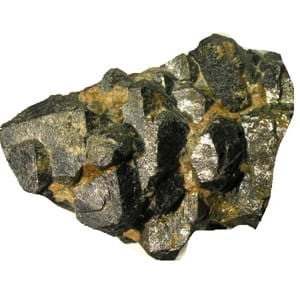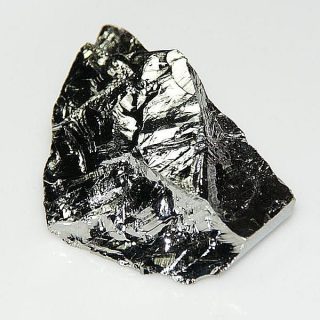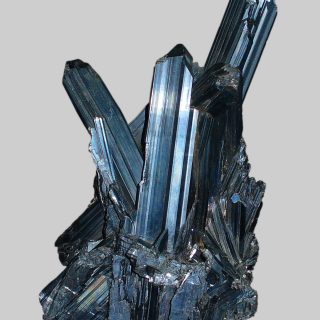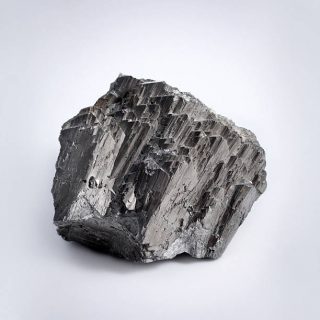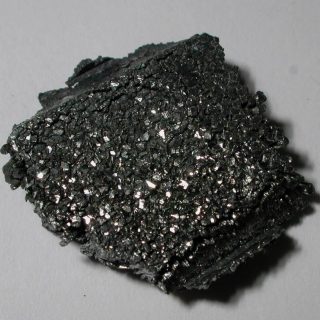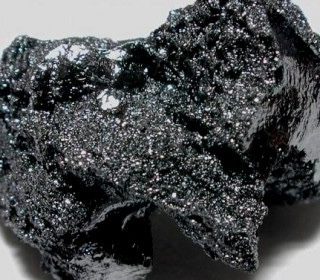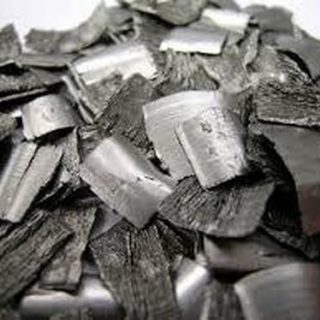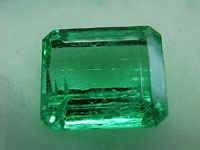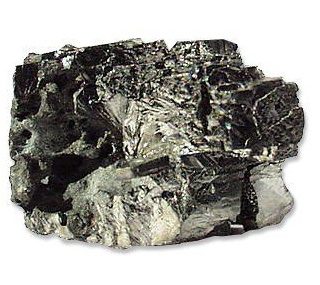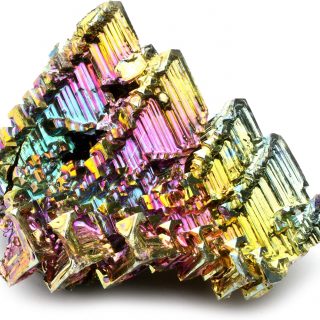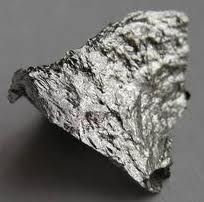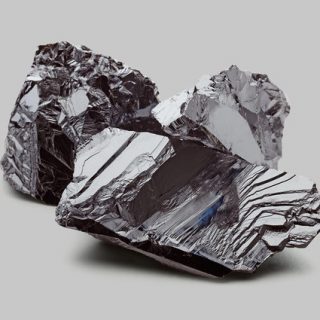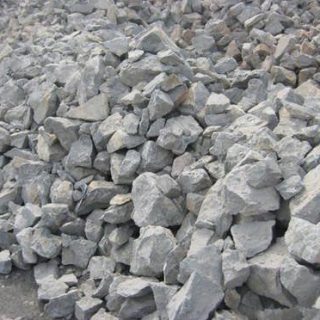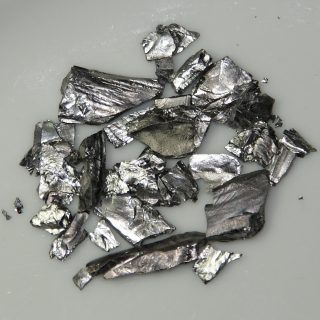Category: Rare Earth Mining
Rare Earth Mining
Showing 1–16 of 83 results
-
Actinium is a silvery radioactive metallic element. Actinium glows in the dark due to its intense radioactivity with a blue light. Actinium was discovered in 1899 by André-Louis Debierne, a French chemist, who separated it from pitchblende. Friedrich Otto Giesel independently discovered actinium in 1902. The chemical behavior of actinium is similar to that of …
-
Americium is a synthetic radioactive chemical element with the symbol Am and atomic number 95. It is a transuranic member of the actinide series, in the periodic table located under the lanthanide element europium, and thus by analogy was named after the Americas.
-
Antimony is a semimetallic chemical element which can exist in two forms: the metallic form is bright, silvery, hard and brittle; the non metallic form is a grey powder. Antimony is a poor conductor of heat and electricity, it is stable in dry air and is not attacked by dilute acids or alkalis. Antimony and …
-
Arsenic is a chemical element with the symbol As and atomic number 33. Arsenic occurs in many minerals, usually in combination with sulfur and metals, but also as a pure elemental crystal. Arsenic is a metalloid. Allotropes: grey (most common), yellow, black … Atomic number (Z): 33 CAS Number: 7440-38-2 Natural occurrence:
-
Astatine is a highly radioactive element and it is the heaviest known halogen. Its chemical properties are believed to be similar to those of iodine. Is has been little researched because all its isotopes have short half lives. All that is known about the element has been estimated from knowing its position in the periodic …
-
Barium is a silvery-white metal that can be found in the environment, where it exists naturally. It occurs combined with other chemicals, such as sulfur, carbon or oxygen. Ii is very light and its density is half that of iron. Barium oxidizes in air, reacts vigoroulsy with water to form the hydroxide, liberating hydrogen. Barium …
-
Berkelium is a radioactive metallic element that is a member of the actinide group of elements. It is silvery in colour and its chemistry has been investigated to a limited extent and several compounds have been made. Berkelim metal is attacked by oxygen, steam and acids, but not by alkalis.
-
Beryllium is a toxic bivalent element, steel gray, strong, light-weight, primarily used as hardening agent in alloys. Beryllium has one of the highest melting points of the light metals. It has excellent thermal conductivity, is nonmagnetic, it resists attack by concentrated nitric acid and at standard temperature and pressures beryllium resist oxidation when exposts to …
-
Beryllium is a toxic bivalent element, steel gray, strong, light-weight, primarily used as hardening agent in alloys. Beryllium has one of the highest melting points of the light metals. It has excellent thermal conductivity, is nonmagnetic, it resists attack by concentrated nitric acid and at standard temperature and pressures beryllium resist oxidation when exposts to …
-
Bismuth is a white, crystalline, brittle metal with a pinkish tinge. Bismuth is the most diamagnetic of all metals, and the thermal conductivity is lower than any metal except mercury. It has a high electrical resistance, and has the highest Hall effect of any metal (that is, the greatest increase in electrical resistance when placed …
-
Cadmium is a lustrous, silver-white, ductile, very malleable metal. Its surface has a bluish tinge and the metal is soft enough to be cut with a knife, but it tarnishes in air. It is soluble in acids but not in alkalis. It is similar in many respects to zinc but it forms more complex compounds. …
-
Calcium carbide, also known as calcium acetylide, is a chemical compound with the chemical formula of CaC₂. Its main use industrially is in the production of acetylene and calcium cyanamide. Hazardous Wastes: Calcium carbide is a D003 reactive hazardous waste, since addition to water generates a regulated amount of flammable gas.
-
Californium is a radioactive metal which is a memeber of the actinide group of the periodi table. A sample of the metal itself has not been produced yet because its compounds resist reduction. It is expected to be readily attacked by air, steam and acids and not by alkalis. Californium, the sixth transuranium element to …

